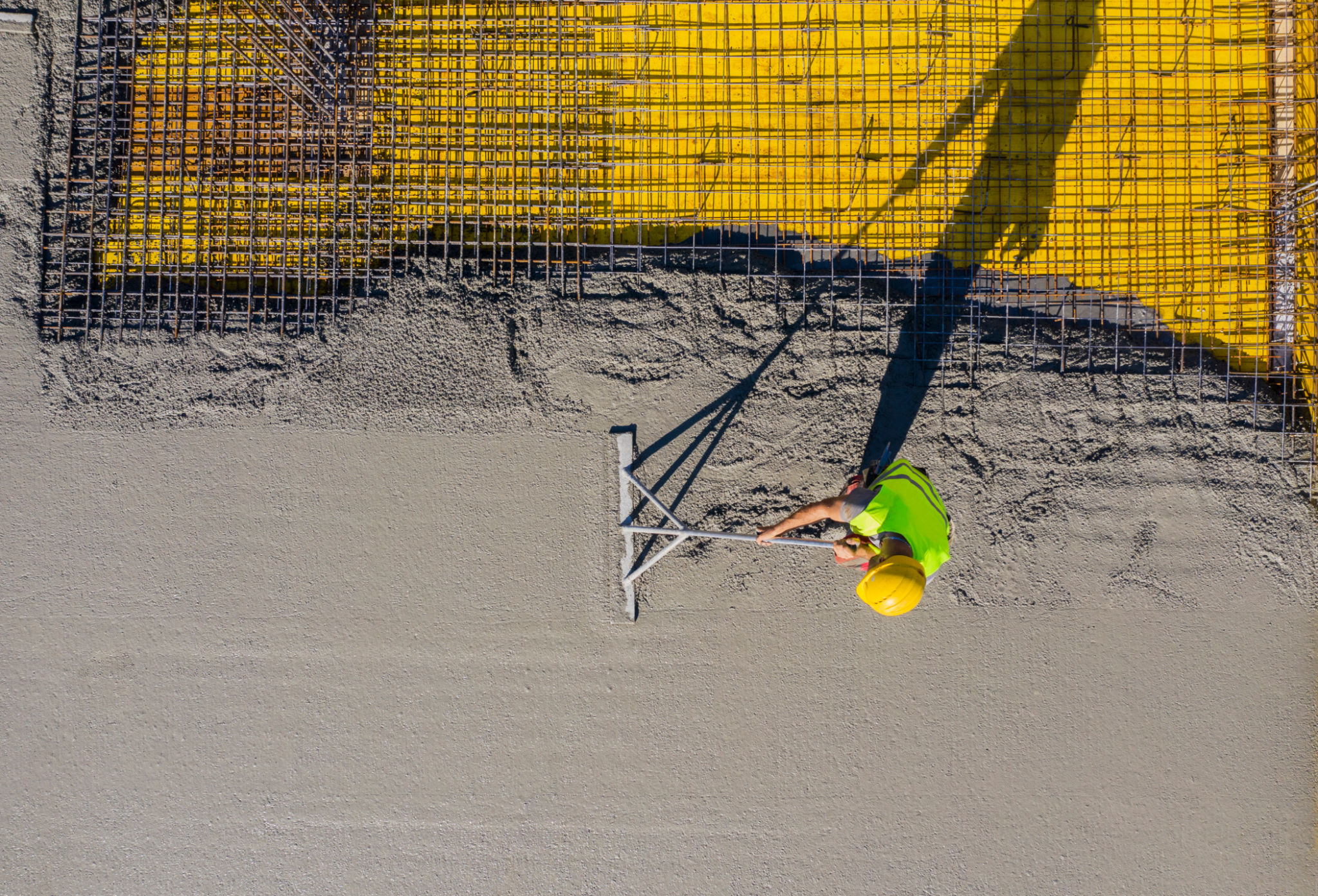DIY Concrete Work: Tips and Tricks for Homeowners
HS
Understanding the Basics of Concrete Work
Concrete is a versatile and durable material that can be used for a variety of projects around the home. Whether you're looking to create a new patio, repair a driveway, or build a garden path, understanding the basics of concrete work is crucial. Proper preparation and execution are key to achieving a professional result that will last for years.
Before you start, it's important to familiarize yourself with the different types of concrete mixes available. The mix you choose will depend on the specific needs of your project, such as strength requirements and anticipated weather conditions.

Essential Tools and Materials
Having the right tools and materials on hand is essential for any DIY concrete project. Here’s a basic list to get you started:
- Concrete mix
- Cement mixer or mixing tub
- Trowel and float
- Rebar or mesh for reinforcement
- Level and tape measure
- Wheelbarrow for transporting materials
Investing in quality tools will not only make the job easier but also ensure a better finish. If you're working on a larger project, renting some equipment might be a more cost-effective option.
Preparing Your Work Area
Preparation is one of the most important steps in any concrete project. Start by clearing the area of any debris, rocks, or vegetation. Next, level the ground to ensure a smooth surface. If you're laying concrete on a slope, consider building a frame or formwork to hold it in place until it sets.
It’s also crucial to install any necessary reinforcements, like rebar or wire mesh, to add strength and prevent cracking. Make sure these reinforcements are properly anchored before pouring the concrete.

Mixing and Pouring Concrete
Mixing concrete can be done by hand or with a cement mixer. Follow the instructions on the concrete mix packaging for the correct water-to-mix ratio. A well-mixed batch should have a uniform consistency, free of lumps.
Pour the concrete into the prepared area, and spread it evenly using a shovel or rake. Use a screed board to level the surface, making sure to remove any excess concrete. Work quickly but carefully, as concrete begins to set soon after mixing.

Finishing Touches
After pouring, the next step is to finish the surface. Use a trowel to smooth out any rough patches and edges. A float can be used to achieve a finer finish. For decorative projects, consider adding texture or pattern using stamps or brushes before the concrete fully sets.
Allow the concrete to cure properly by keeping it moist for several days. This can be done by covering it with plastic sheeting or spraying it with water periodically. Proper curing is essential to achieve maximum strength and durability.
Troubleshooting Common Issues
Even with careful planning, issues can arise during DIY concrete work. Common problems include cracking, discoloration, and scaling. Cracking often occurs due to improper mixing or curing, while discoloration can result from inconsistent mixing or exposure to weather elements.
If you encounter scaling, it may be due to insufficient curing or exposure to freeze-thaw cycles. Address these issues by ensuring proper preparation and following recommended guidelines for mixing and curing.

Safety Tips for DIY Concrete Projects
Working with concrete involves some risks, so safety should always be a priority. Wear appropriate personal protective equipment (PPE), including gloves, goggles, and masks, to protect yourself from dust and chemical exposure. Ensure good ventilation if working indoors.
Additionally, be mindful of lifting heavy materials like bags of concrete mix or wet concrete batches. Use proper lifting techniques or seek assistance if necessary to prevent injury.
Conclusion: Enjoying Your DIY Success
Tackling a DIY concrete project can be a rewarding experience that adds value and functionality to your home. By following these tips and tricks, you’ll have the skills and confidence needed to complete your project successfully.
Remember that practice makes perfect. Start with smaller projects before taking on more complex tasks, and don’t hesitate to seek advice from more experienced DIYers or professionals when needed. Enjoy the satisfaction of creating something lasting with your own hands!
